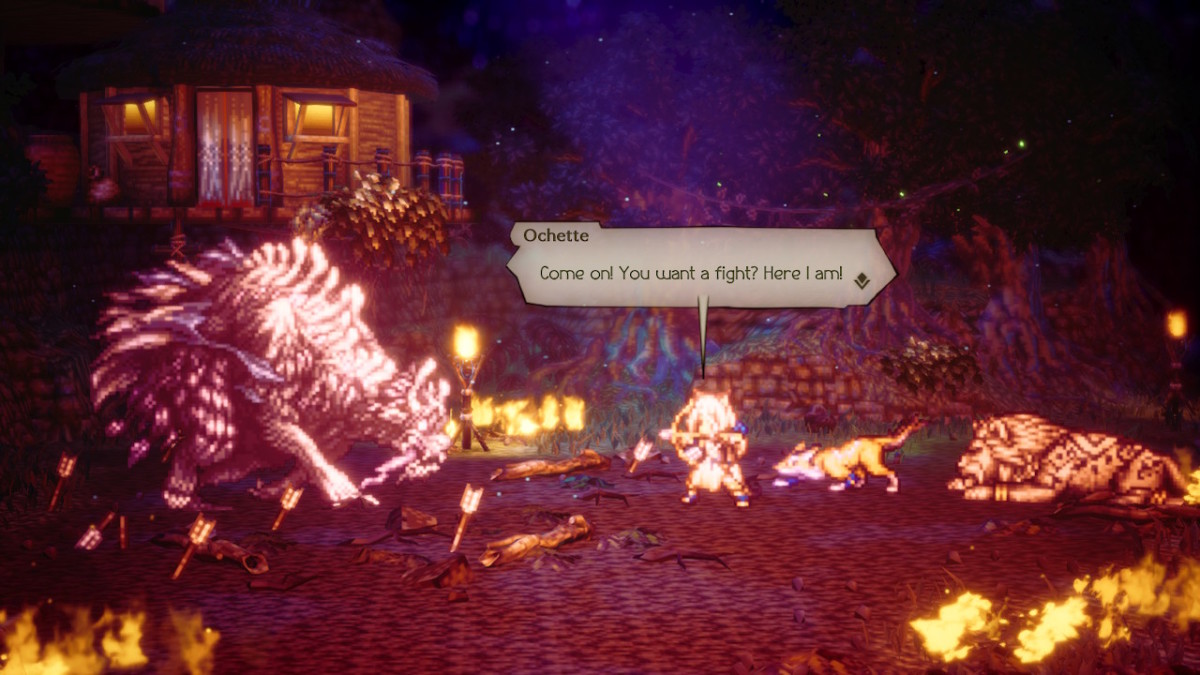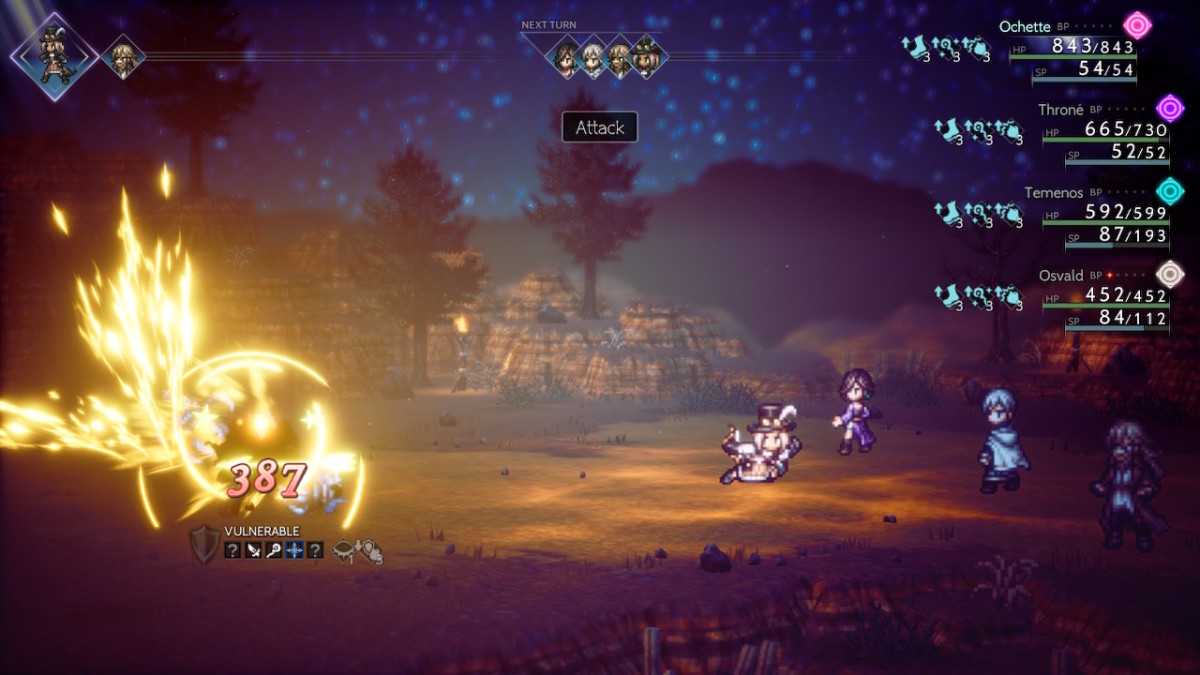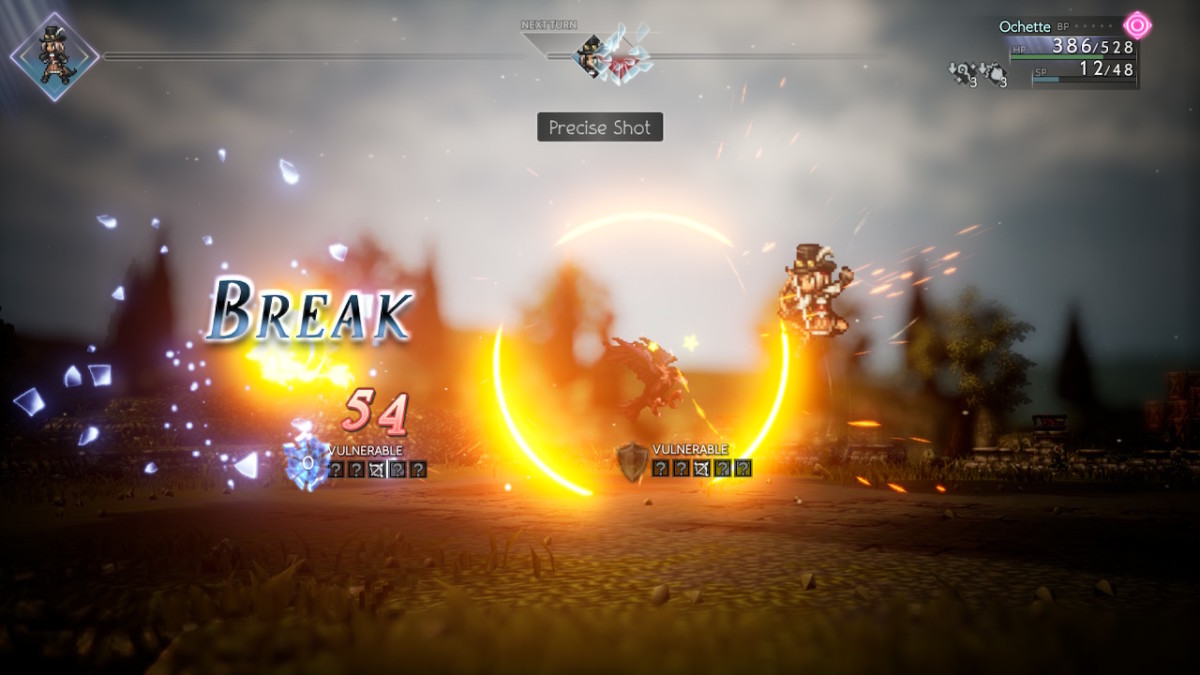Octopath Traveler 2 preview: Doing what a sequel should

The original Octopath Traveler managed to be both a brilliant throwback JRPG and a great modern adventure. This sequel is all about getting as much out of it as possible, making all sorts of improvements to environments, combat, characters, and narratives.
Having played Chapter 1 for each character, almost every aspect of the first game is better than before. Characters have an expanded animation set, both in battle and story scenes, letting the HD-2D style convey more action and emotion than ever before. This makes the game’s longer battles much more engaging, as well as allowing more complex stories to be told – and more complex stories are definitely on the table.

The narratives are no longer confined to a set structure. In the original, every character had just four chapters that followed the exact same structure to tell their story, but this sequel introduces more flexibility. In Osvald’s story, you have to play Chapters 1 and 2 in one go, ensuring that the story doesn’t have to bend for the open-ended exploration of the gameplay, and some characters’ narratives branch into different routes for you to tackle at your own pace. It’s that kind of confidence in its stories that was lacking in the last game.
There’s the full range of narratives too. Ochette sets out on a quest to win the favor of three mythical beasts after a prophesied calamity ravages her home; Osvald has to break out of a hellish prison and seek revenge after being framed for the murder of his wife and daughter; meanwhile, Agnea has finally saved up enough money to see the world, dancing her heart out all the while. It can create tonal whiplash sometimes, but with eight distinct stories, this is the kind of variety you need.
Environments are more detailed and towns are more alive – they feel properly populated this time too. You now have access to both a daytime and nighttime version of every environment, which means you can see people go about their daily business as they change location. Sure, they’re only bouncing between two static positions, but touches like that go a long way in a game like this.

The day-night cycle also affects your character’s Path Actions – which are how you get items and information out of NPCs. For example, the beastling hunter Ochette can Provoke during the day and Befriend at night – an action she performs by offering people jerky, by the way – meaning you have to think carefully about how you want to interact with NPCs. On top of that, every character having two Path Actions means you’re not so heavily restricted in team composition because, between your four main party members, you usually have everything covered.
That said, it introduces redundancy into the system. For example, if you want to get information out of people you have Castti, who can Inquire with either guaranteed success or guaranteed failure; Osvald, who can Scrutanise with a percentage chance of success; or Hikari, who can Bribe for a price. All of these actions do exactly the same thing, and one is objectively better than the others because it doesn’t cost anything and always has a chance of success.

Moving into combat, the system is largely the same as before, but a couple of additions and tweaks enhance the best elements of an already great system. Now every character has a Latent Power gauge. This charges when they take damage or break enemies and can be activated for a great boon in battle.
For example, Temenos’ Latent Power allows him to break enemies’ shields even if he’s not targeting a weak point, Throné’s lets her act twice in a single turn, and Angea’s lets her use skills without consuming SP. They’re very powerful, but they’re only useful if activated at the right time, forcing you to master this combat system.
While the eight characters have the same base jobs as the first game, several of the skills have been altered to further specialize their roles. Hunters now have more status-based abilities focused on setting up one powerful strike, Scholars have the ability to buff and focus their own spells, and Thieves chip away at enemies over time.
It increases that drive to seek out complementary secondary jobs for each character and enhances the careful team building that made the original so compelling.
That’s what Octopath Traveler 2 is – it’s better than the first game in almost every regard, like a sequel should be. Whether you loved the original or thought it fell a bit short, this game is what you’re hoping for.
